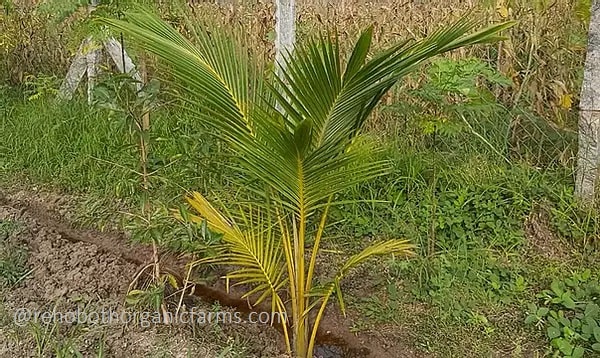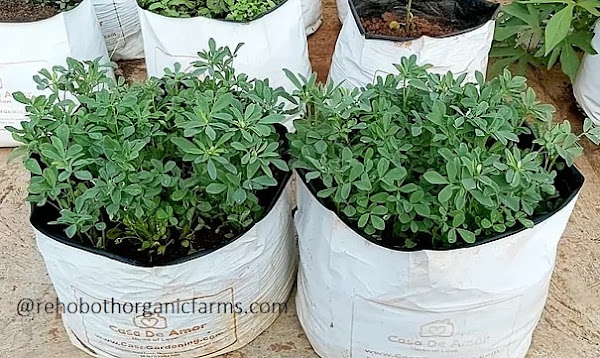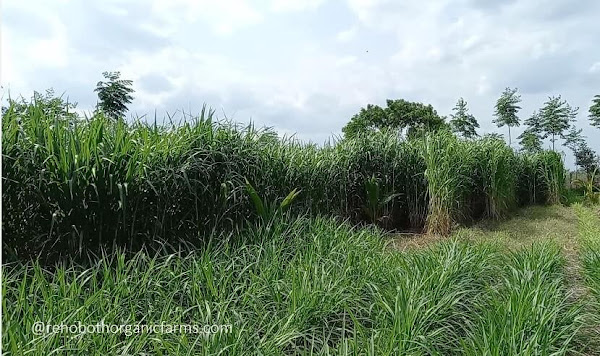How long does a Coconut tree take to produce Coconuts?

Coconut tree will start flowering after 3 to 5 years depending on the variety of the Coconut Tree. Tender coconut can be harvested after 7 to 8 months. The nuts can be harvested using coconut climbers Coconut will mature after twelve months and they can be harvested at the interval of 30-45 days The well developed nuts should be harvested one month earlier to full maturity. Average 150 to 200 nuts can be harvested per tree/year On an average, we can have eight harvests, though the coconut palm produces inflorescence every month Coconut Farming Ideas





